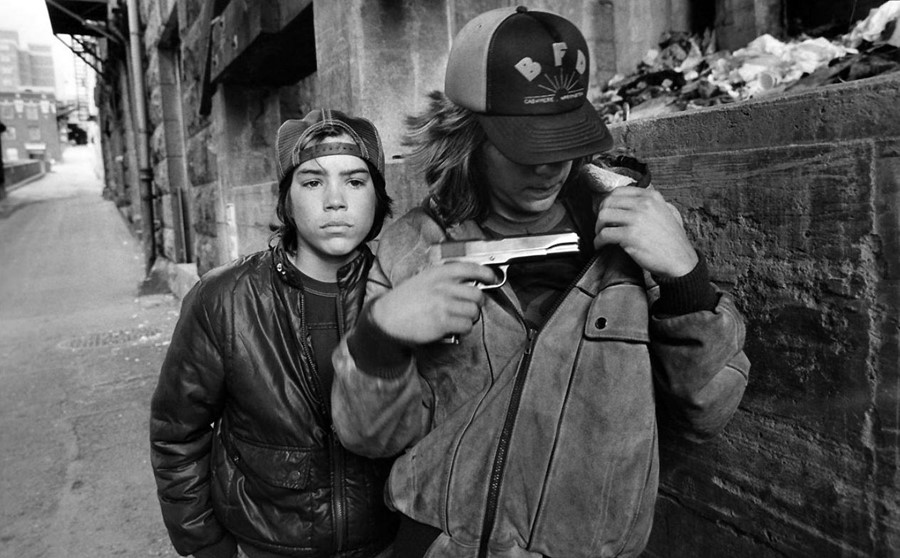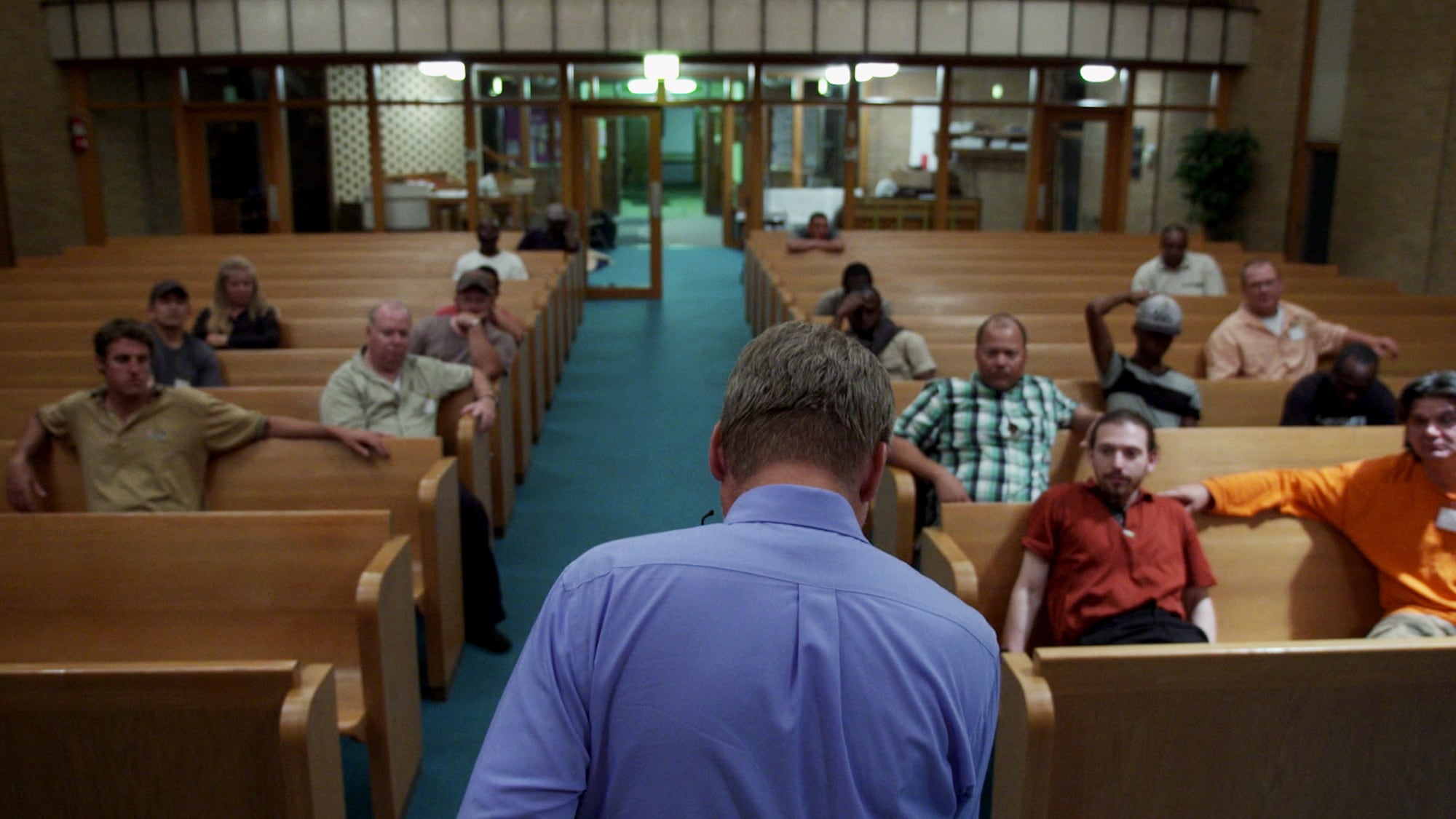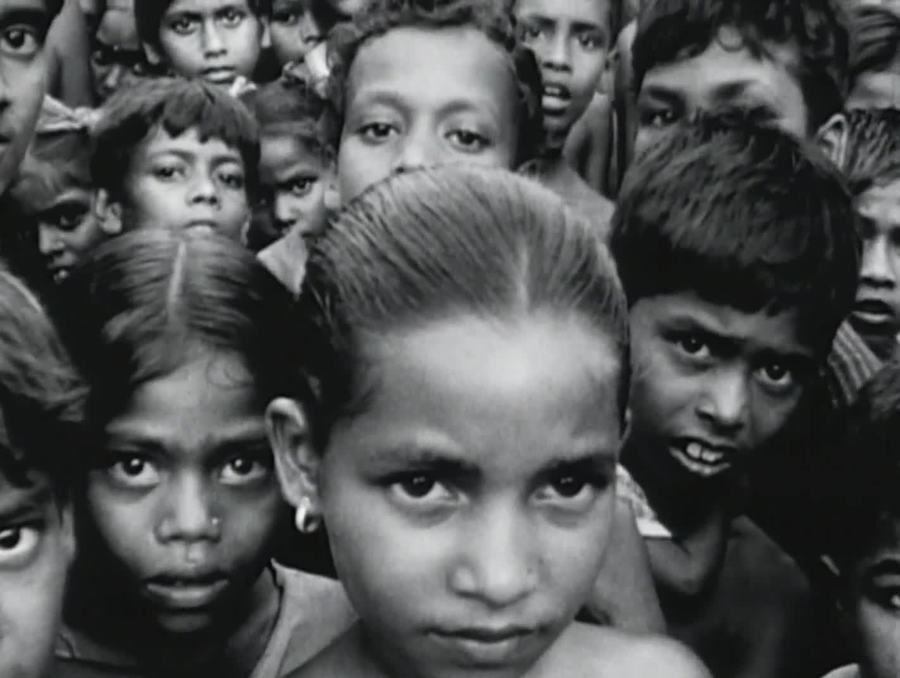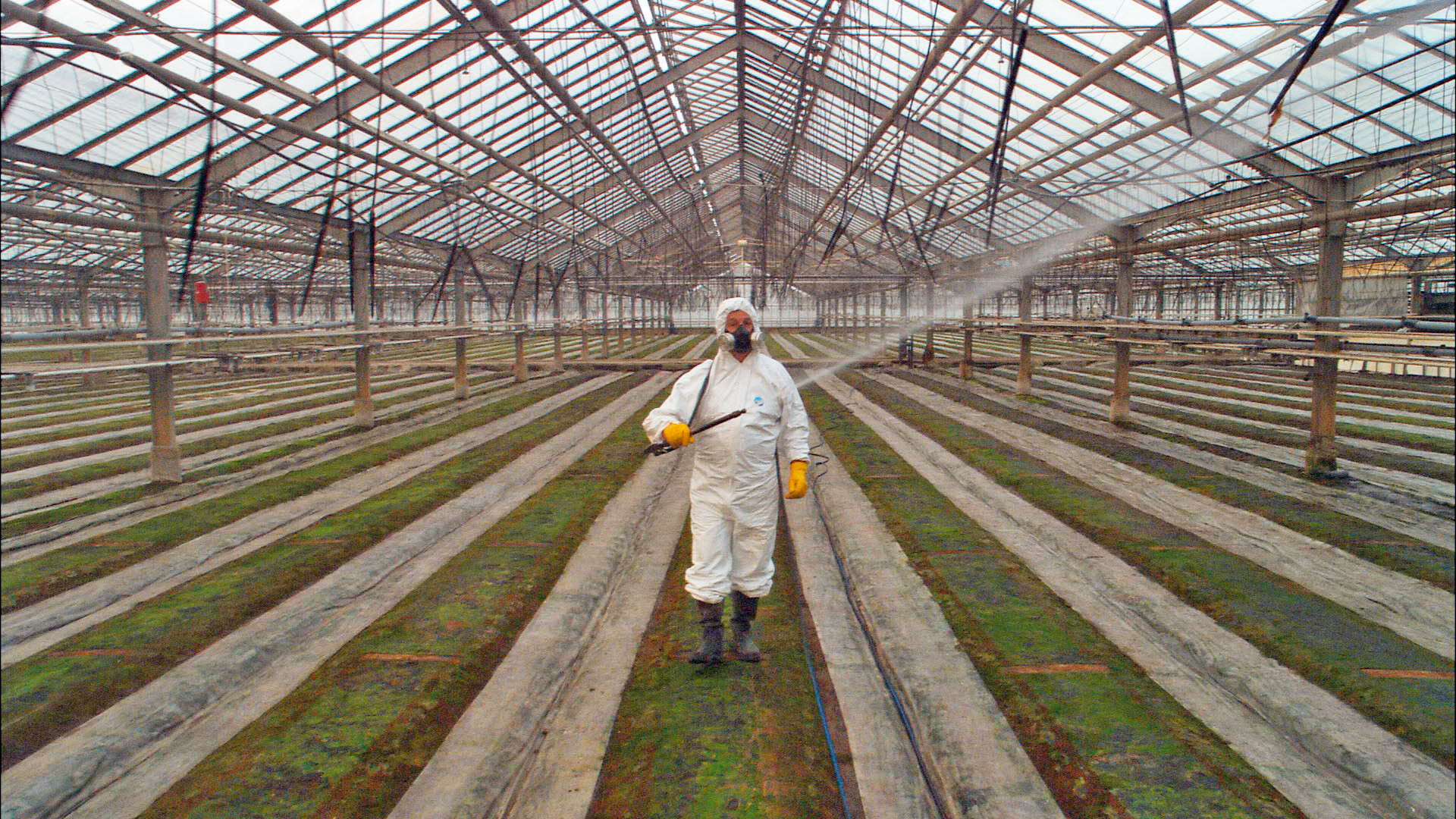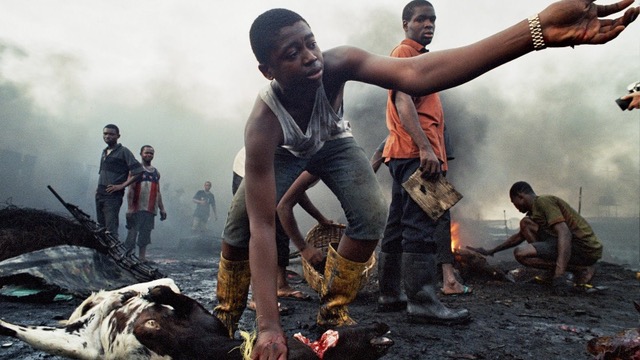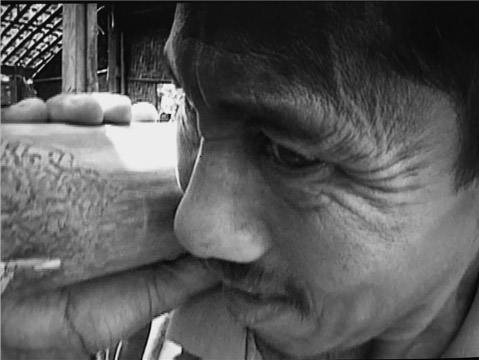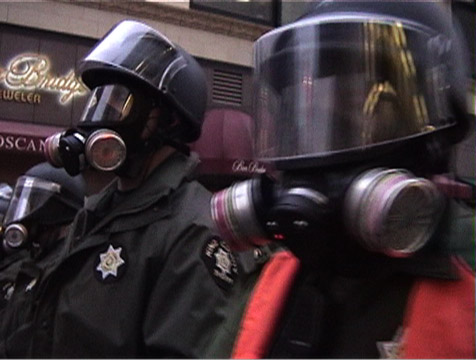LEAN TEAM PRO TIPS on HIATUS
Hi all, I'm putting all further Lean Team Pro Tips on hold during the pandemic. It doesn't make sense to promote a way of filmmaking urging you to get close to your subject material when we're supposed to be staying away from each other. If this continues for longer than we hope, I will need to re-frame my filmmaking experience for a new, distanced approach to documentary films. Stay tuned! In the meantime, please check out the trailer for my film in progress, Slow Revolution.


